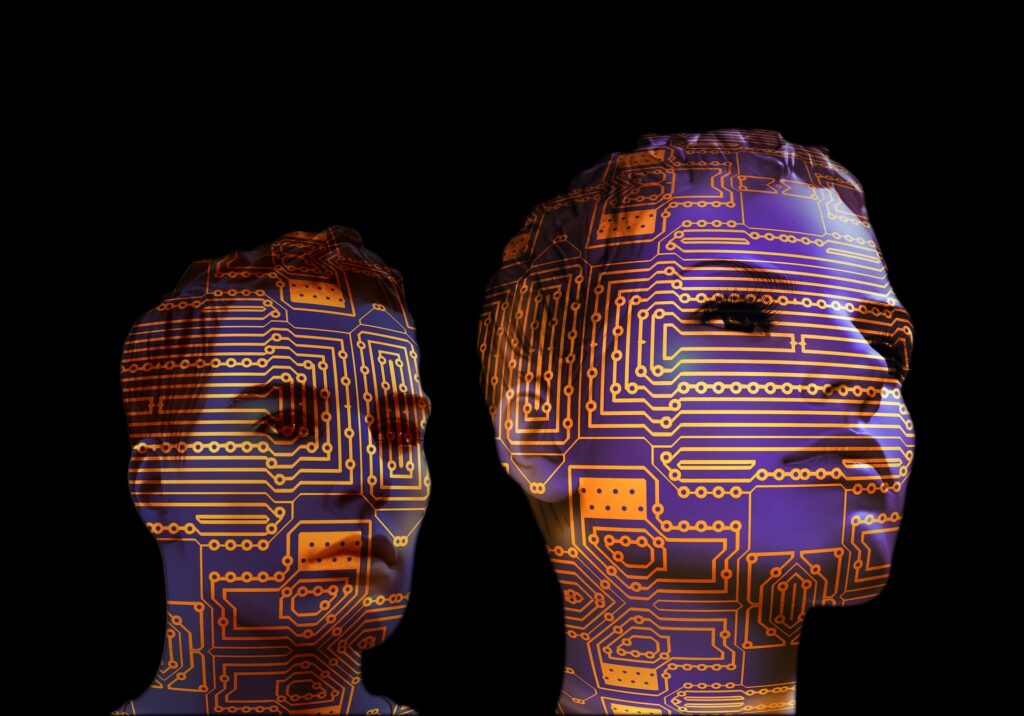What is Deepfake and why it raises alarm on women safety in India
Deepfakes are a type of synthetic media that uses artificial intelligence to create fake videos or audio recordings of people.

Deepfakes can be easily spread on social media, and they can have a significant impact on public opinion
The recent uproar surrounding the widely circulated deepfake video of actor Rashmika Mandanna has raised alarms about online security. Deepfakes is more harmful and raises alarm in the society. Deepfakes are a type of synthetic media that uses artificial intelligence to create fake videos or audio recordings of people saying or doing things they never actually did. These videos can be very realistic and difficult to distinguish from real footage, which makes them a powerful tool for misinformation and disinformation.
After the fake video went viral, Rashmika posted on her social media account on X, “I feel really hurt to share this and have to talk about the deepfake video of me being spread online. Something like this is honestly, extremely scary not only for me, but also for each one of us who today is vulnerable to so much harm because of how technology is being misused. Today, as a woman and as an actor, I am thankful for my family, friends and well wishers who are my protection and support system. But if this happened to me when I was in school or college, I genuinely can’t imagine how could I ever tackle this. We need to address this as a community and with urgency before more of us are affected by such identity theft.”
I feel really hurt to share this and have to talk about the deepfake video of me being spread online.
— Rashmika Mandanna (@iamRashmika) November 6, 2023
Something like this is honestly, extremely scary not only for me, but also for each one of us who today is vulnerable to so much harm because of how technology is being misused.…
In recent years, the rise of deepfake technology has given rise to a new and potent threat to privacy and security, particularly for women in India. Deepfake videos, which involve the use of artificial intelligence to create hyper-realistic fake videos or audio recordings, have the potential to cause irreparable harm to individuals. This article delves into the intricacies of deepfake videos, shedding light on why they pose a significant safety issue, especially for women in India.
What are Deepfake Videos?
Deepfake videos are manipulated audio or visual recordings created using sophisticated artificial intelligence algorithms. These algorithms employ deep learning techniques to swap faces, voices, or create entirely fabricated content that appears genuine. The result is a video that convincingly portrays individuals saying or doing things they never actually did.
The Safety Concern for Women in India
- Misrepresentation and Character Assassination: Deepfake videos can be used to create fabricated content that portrays women engaging in inappropriate or offensive behavior. This can tarnish their reputation and lead to social ostracization. Victims may find themselves facing public shame and humiliation.
- Revenge Porn and Non-consensual Content: Women, especially public figures or those in high-profile positions, are susceptible to being targeted for revenge porn through deepfake videos. Intimate images or videos can be maliciously manipulated and circulated without consent, causing immense emotional distress and professional harm.
- Undermining Credibility and Trust: Deepfakes can erode trust and credibility. Authentic videos of women can be manipulated to make them appear dishonest or untrustworthy, potentially damaging their personal and professional relationships.
- Cyberbullying and Harassment: Women in India already face a significant challenge in combating cyberbullying and online harassment. Deepfake technology exacerbates this issue by providing perpetrators with a powerful tool to create and disseminate harmful content with relative ease.
- Impact on Mental Health: The psychological toll on victims of deepfake videos cannot be overstated. The fear of being targeted, coupled with the potential fallout from a deepfake video, can lead to severe stress, anxiety, and even depression.
Combating the Deepfake Threat
- Education and Awareness: Raising awareness about deepfake technology is crucial. Educating individuals, especially women, about the existence and potential dangers of deepfake videos empowers them to recognize and report suspicious content.
- Technological Solutions: Developing and deploying advanced detection algorithms and tools to identify deepfake content can play a crucial role in mitigating the impact of these malicious videos.
- Legislation and Enforcement: Strengthening legal frameworks to explicitly address deepfake videos and implementing robust enforcement measures can act as a deterrent and provide recourse for victims.
Deepfake videos represent a formidable challenge to privacy and security, particularly for women in India. By understanding the nature of this threat and taking proactive steps towards education, technological solutions, and legal measures, society can work together to safeguard individuals from the damaging consequences of deepfake technology. It is imperative that we unite to protect the rights and dignity of women in an increasingly digital world.






